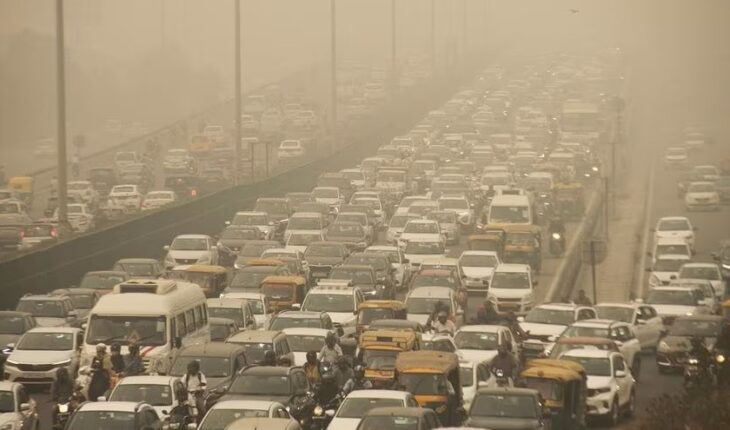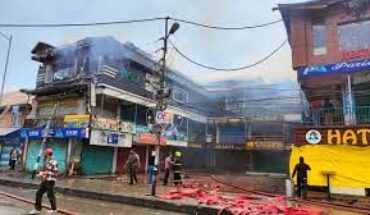New Delhi : The air quality in Delhi remains a grave concern as the Air Quality Index (AQI) was recorded at 304 in the “very poor” category on Thursday at 6 a.m., according to data from the Central Pollution Control Board (CPCB).
While a slight improvement was observed earlier in the week when AQI fell to the “poor” category on Tuesday, pollution levels escalated again by Wednesday and have continued to remain critical.
Several areas in the national capital reported air quality in the “severe” range, further exacerbating the situation.
As per CPCB data, Anand Vihar recorded an AQI of 357, Ashok Vihar 318, Bawana 341, Burari Crossing 320, Jahangirpuri 354, and Mundka 364. Other locations such as Dwarka Sector 8 (332), Narela (312), and Shadipur (351) also registered severe air pollution levels. Meanwhile, areas like Chandni Chowk (293), Lodhi Road (261), and Jawaharlal Nehru Stadium (267) remained in the “poor” to “very poor” categories.
In the National Capital Region (NCR), Faridabad recorded an AQI of 176 in the “moderate” category, while Gurugram (221), Greater Noida (227), Ghaziabad (260), and Noida (282) remained in the “poor” category. The persistent smog engulfing the Delhi-NCR region has led to reduced visibility and increased health risks.
According to CPCB, an AQI between 0 and 50 is considered ‘good’, 51-100 ‘satisfactory’, 101-200 ‘moderate’, 201-300 ‘poor’, 301-400 ‘very poor’, 401-450 ‘severe’, and above 450 ‘severe plus’, as per the CPCB.
In response to the worsening air quality, the Supreme Court on Monday refused to ease restrictions imposed under Stage 4 of the Graded Response Action Plan (GRAP), which aims to reduce pollution levels. Key measures include banning the entry of non-essential trucks, except those carrying essential goods or running on cleaner fuels such as LNG, CNG, BS-VI diesel, or electricity. Construction activities on public infrastructure projects have also been suspended to curb dust pollution.
Authorities have advised residents to minimise outdoor activities and take preventive measures to safeguard their health.
The alarming pollution levels underline the urgent need for sustainable and effective pollution control initiatives to combat the ongoing crisis in the region.






